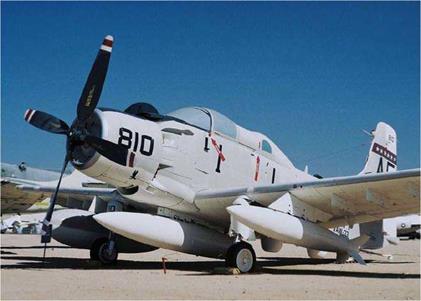‘P’ Factor
The term P-factor (or in full, the propeller factor) is familiar to most pilots, although the term fails to explain the actual problem. The more descriptive term is asymmetric blade effect, associated to the blade element theory, which deals with the difference in thrust on the up-going and down-going prop blades . Closely related, is the asymmetric disc loading, which is associated to the axial momentum theory, and deals with the air mass flowing through the prop disc.
Due to the propeller axis being inclined to the direction of flight, one half of the propeller disc produces more thrust than the other half. Tail-dragger aircraft during take-off are more prone to P-factor than nose-wheel aircraft, due to the fact propeller thrust is greatest at high power settings and low air speed
Assuming a two-blade propeller, P-factor is caused by the difference in angle of attack and the velocity between the up – going and down-going blades, with velocity being the major factor. In straight and level flight, the propeller axis is parallel to the airflow through the propeller disc, and the angle of attack of each propeller blades remains the same. Increasing the angle of inclination of the propeller axis increases the difference in each blade’s angle of attack up to a maximum inclination of 45° . Between 45° and 90° inclination, the difference in angle of attack reduces to zero degrees. A tail-wheel aircraft sitting on the ground has its prop axis inclined to the horizontal and the
|
The Douglas EA-1F Skyraider with its powerful radial piston-engine driving a four-blade propeller is a prime candidate for P-factor. This Skyraider is located at the Pima Air & Space Museum, Tucson, Ar. |
difference in angle of attack is relatively small at approximately V° to 1°, producing a six percent difference in lift coefficient. The up-going and down-going blades meet the airflow with a difference in velocity of around seven percent. Because the velocity is squared in the thrust (lift) formula, it has greater effect than the angle of attack, and when the propeller axis inclined, the speed ratio of both blades is different, although the forward speed and RPM, are both constant To explain this anomaly, consider the propeller axis inclined 90° to the direction of airflow, as found on helicopter main rotor blades. The helicopter’s advancing rotor blade has a constant rotational speed (RPM) plus the helicopter’s forward speed. The retreating blade has the same constant RPM minus the helicopter’s forward speed producing a difference in speed between the advancing and retreating blades. The aircraft propeller axis inclined just a few degrees, experiences a more subtle effect, but the velocity difference is still there. The down-going propeller blade having greater velocity and increased angle of attack produces more thrust on that half of the propeller disc, and is the major contributor to asymmetric disc loading, or P-factor.












